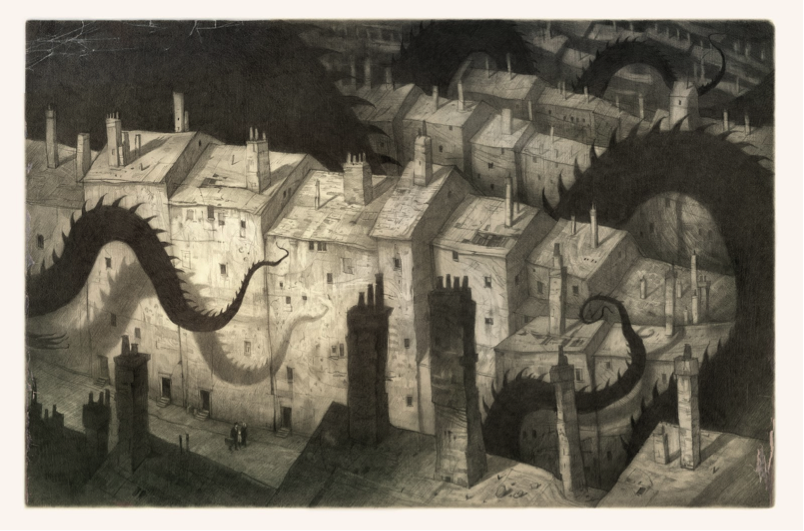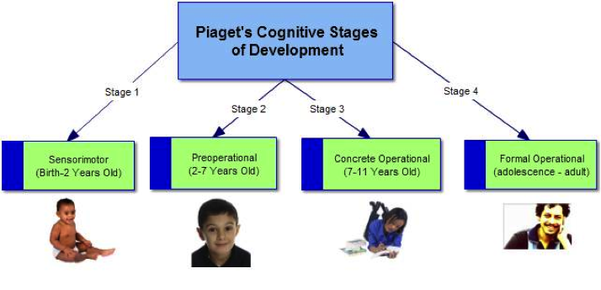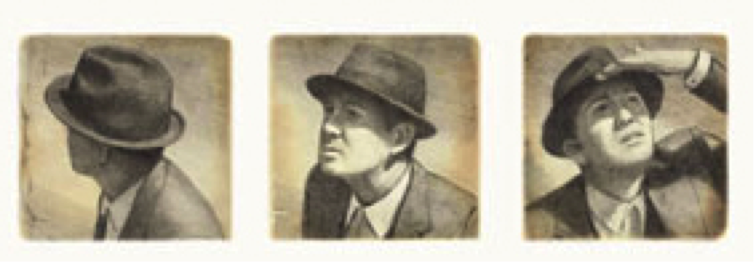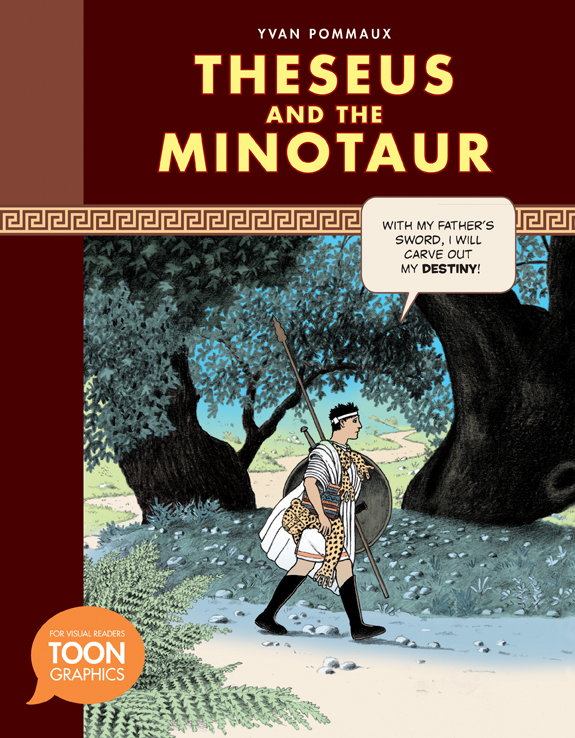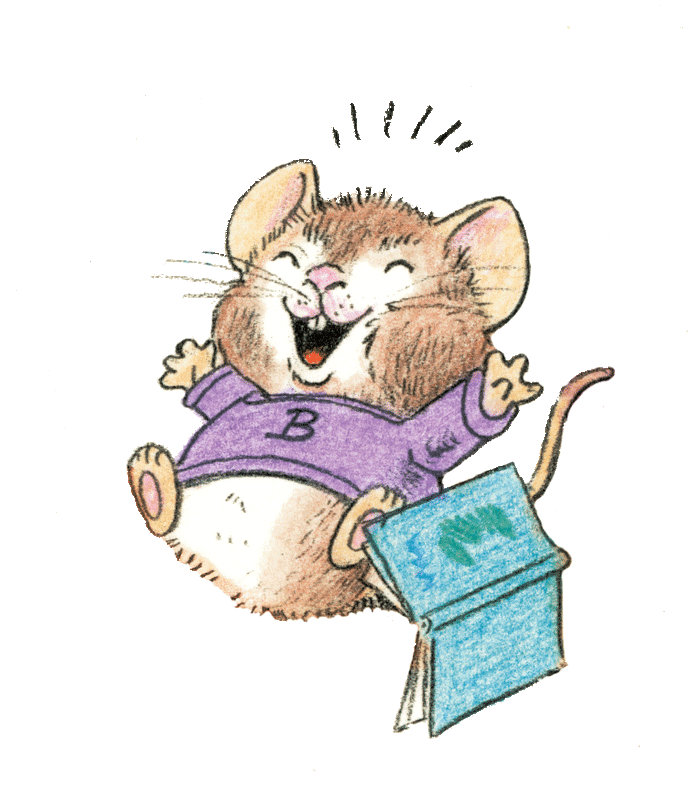Have you ever been trapped in a children’s bookstore with seven or so kids? Well, this happened to me last month and I admit it was pretty refreshing. Not only did it remind me of how smart children are, but I also I ended up with some answers to the complex question of how we perceive stories. Children haven’t yet learned to dance around conversation topics the way adults do, so it was a great set-up. It allowed me to learn a lot and I recommend it.
| I started out casually enough: the kids, their parents, and I were waiting out the rain. As the parents chatted with each other, I flipped through the comics section, loudly declaring my appreciation that the store, the Bankstreet Bookstore on 112th Street and Broadway, had a copy of Shaun Tan’s The Arrival. This attracted the attention of a curious nine-year-old, and soon enough I was surrounded, trying to explain the story–and its author’s unorthodox narrative methods–to a bunch of kids. |
 “The inspection,” from Shaun Tan’s The Arrival
“The inspection,” from Shaun Tan’s The Arrival Reflecting back now, I’m struck by two things that I want to try and explore. The first is the difference between children intuiting and inferring. How do children learn to look at parts of a situation – or in this case, story – interpret it, and infer the information around it, rather than bluntly assuming? To understand this, we first have to examine the most basic principles of a story: Recognizing details, interpreting the meaning of those details, and using that knowledge to infer the information we don’t get. This can be anything as complex as a character going through an emotional revelation brought on by eating a bagel, to something as basic as a character buying a bagel and eating it. Whether we mine away at the hidden details of prose or prick up our senses to the onslaught of information from a movie, understanding a story is dependent on our ability to use the parts to know the sum.
 From Understanding Comics by Scott McCloud
From Understanding Comics by Scott McCloud And if it that’s true, maybe comics are one of the best tools we have for teaching inference, for encouraging young readers to go back and forth between literal and metaphoric meaning when they read. In comics, reading is not about following instructions–it’s about creating meaning; comics force you to fill in the gaps in the narrative, just as children learn to fill in the gaps of the world they see.
JOIN THE CONVERSATION |

